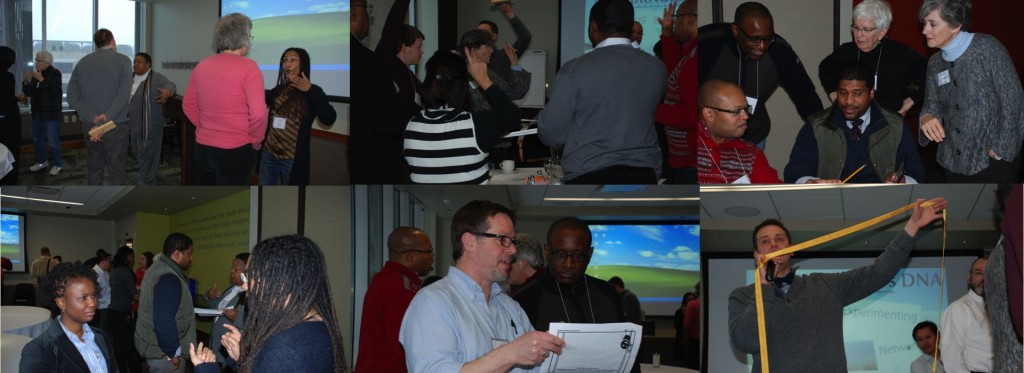
Influenced by Khan Academy’s “Flipping the Classroom” model, we are designing, building and facilitating new innovation focused leadership development programs for students at Dartmouth’s Rockefeller Center and for faculty & staff at the University of Wisconsin. These new programs are rooted in what has worked well for learning and leadership development: real challenge & project based activities, feedback, reflection, a relationship focus, and highly collaborative, experiential methods. In addition, these programs are now branching out into integration with new online technologies, such as social media, video, and web apps.
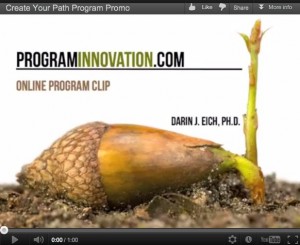
Innovate and grow your leadership program by rooting down, branching out, and then flipping it.
Biomimicry is an innovation technique that allows us to address our challenges by learning from nature. As a leadership developer, you want your participants and your program to grow. The oak tree is a metaphor for sustaining growth: one acorn can produce an entire forest of mighty oak trees over time. These oaks keep producing more acorns, the forest grows, and the environment is impacted for the better. In developing and growing our leadership programs, we need to root down and branch out, much like the oak tree does.
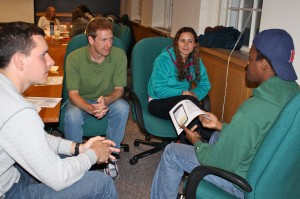
Root Down: If you were to peek into a high quality leadership program, you might observe what I found in my research of high impact leadership programs – the foundational roots of what makes a leadership program matter most for learning and development:
I. Participants Engaged in Building and Sustaining a Learning Community
II. Student-Centered Experiential Learning Experiences
III. Research Grounded Continuous Program Development
Hopefully – and more simply – you would see participants developing something together, engaging with each other, and connecting purposefully in pairs or small groups. Pedagogies like these are strengths of many leadership programs. Other fields and disciplines can learn from this as they attempt to make their content more “hands-on” and personal for participants. Leadership programs are exceptional at group based, experiential, interactive and collaborative methods of learning.
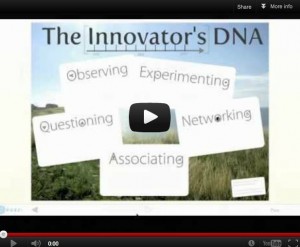
It has been difficult, however, to shake lecture and reading. Many times a program or course needs to have some of this. Hopefully the key word is “some,” as there are more engaging activities that could make up the bulk of the program. The most current opportunity for innovation now is to:
- leverage what we know about what works for leadership learning and development inside classrooms and formal program meeting times, and
- leverage what we can do with technology, multimedia, the web and social media to create better leadership learning experiences outside of the classroom or meetings.
We want to continue to root down in our highly experiential, interactive, group based methods, but branch out into experimenting with methods that may improve the experience or investment.
Branch Out: We can now take our lectures and reading to higher engagement levels by creating videos that deliver this kind of content. The videos provide an opportunity to be more engaging than simply listening to a lecture or reading text. A video can integrate the audio with the visual to activate the brain in more connected ways, showing models and metaphors visually. You can then host your video on YouTube – or a number of other sites – and embed on a blog. This allows you to share it on social media platforms and receive direct feedback and questions. Modern technology allows us to create new programs at a much higher quality level and cost effectiveness than we could have done just one year ago.
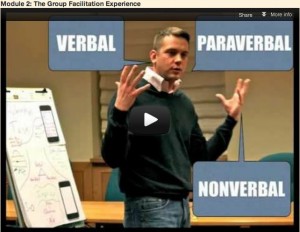
The Trunk: The trunk connects the roots to the branches, just like new innovations you experiment with in your program are connected to and supported by the best practices of leadership development. For instance, if you are building upon a “Flip the Classroom” style program with a component of the program that requires participants to view videos, why not design the videos with best practices in mind? In the programs we’ve built for the University of Wisconsin & Dartmouth, we have socially designed so that groups can view the videos together. These videos are reflective or strategic activity based, so it provides an opportunity to share what you are constructing, gaining feedback and iterating upon it.
People can also be paired up to do videos and activities together. This structure can make a big difference by building mentoring and coaching relationships into the program. The videos are a more engaging way to provide content, guiding people through reflection activities. This design can be even more effective if the social element is added where students are working on the video activities in small groups or one-on-one. Even if it is just one student viewing the video on their own time, a content design focusing on guiding step-by-step activities that the student can do can still be personal and internalized if it is a guided reflection where they are making meaning.
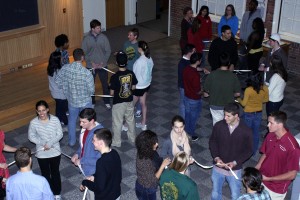
The Time Is Now for Growth: I have been waiting for an opportunity like this in the leadership development field for years. I feel the time is finally ripe to root down in live interactive, experiential and group-based learning experiences when participants are together in the formal meeting, but to complement that with visual, reflective and strategic activity focused video or online workshop modules. The moment for innovation is now due to the quality of technology, low cost, and speed of implementation.
Like the oak tree, our programs should always be growing by rooting down and branching out. My new book – based on research of high quality leadership programs – shares 16 root-attributes, 40 branch-actions, and 34 acorn-outcomes that I always begin with in designing a new leadership program or innovating an existing one. In closing, I ask you, “What are your roots? What are your branches? What can you do to root down and branch out to grow?“
In the Leadership Education topic area, I focus on helping people to innovate the way they educate to enhance learning & development. It is based on my research and experience with leadership programs, and innovative education. These currently include blended programs based on Flip The Classroom style, as well as my book, Root Down & Branch Out: Best Practices For Leadership Development Programs.
Click here to see all programs in the Leadership Education topic area.